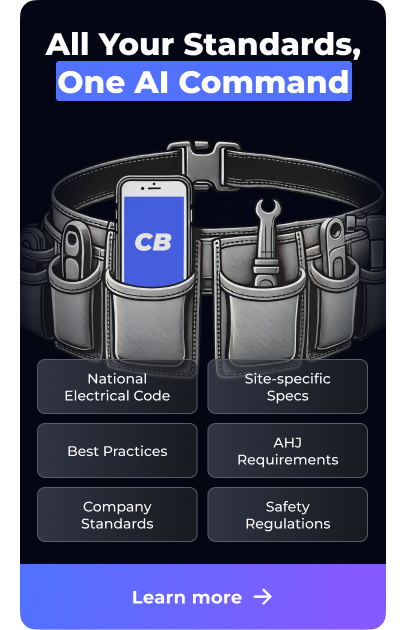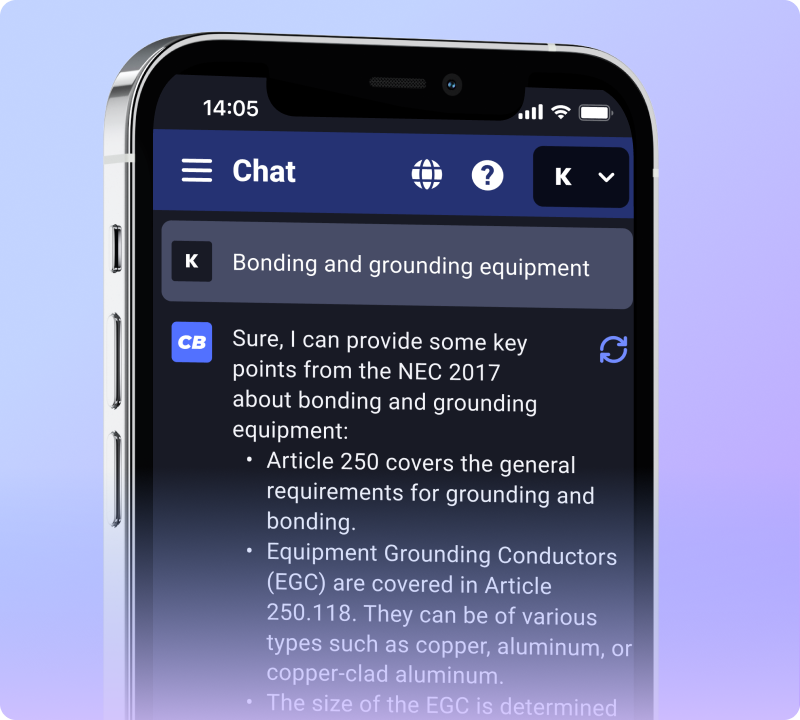Many electricians face challenges with electrical installations, especially when it comes to meeting NEC service entrance requirements. One important fact is that the National Electric Code (NEC) sets the standard for safe electrical installation practices.
This article will guide you through understanding NEC service entrance requirements for electrical installations, ensuring your projects comply with national safety standards. Keep reading to learn more about how to navigate these regulations effectively.
Key Takeaways
- The National Electric Code (NEC) sets the rules for safe electrical installations to stop dangers like short circuits and ground faults.
- Proper installation and regular checks of service conductors, meters, and equipment are needed to follow NEC standards and keep systems safe.
- Service entrance cables must be correctly sized, supported, and have a clear path. They connect the utility supply to your home or business.
- Each house needs an emergency disconnect. This switch has to be outside where you can easily get to it.
- Electricians must make sure electric meters are placed right so they’re easy to read and maintain while following local codes for safety.
NEC Service Entrance Requirements
NEC Service Entrance Requirements ensure safe electrical installations. They cover vital aspects like service conductors and equipment in both residential and commercial settings.
Service Conductors
Service conductors play a critical role in electrical installations, as specified by the NEC. These conductors transport electricity from the utility supply to service equipment and must be installed correctly to ensure safety and performance.
Article 230 of the National Electric Code outlines requirements for service entrance conductors, focusing on preventing hazards such as short circuits or ground faults. Compliance with these specifications is essential for residential electrical services and commercial electrical installations alike.
The installation of service conductors includes both overhead service conductors and underground options, depending on local regulations and site conditions. Proper sizing and securing of service entrance cables are vital to support their function effectively.
In addition, ensuring a clear path free from conductive metal parts is crucial for maintaining safety standards within the electric meter installation requirements set forth by NEC regulations.
Service Equipment
Service conductors lead us to the importance of service equipment in electrical installations. NEC Article 230 outlines key requirements for this essential aspect, including clearances and identification standards.
Proper installation of service equipment is crucial for ensuring reliability and safety. Each single-family residential electrical service must have a disconnect installed outdoors in a readily accessible location, marked as the emergency disconnect.
Compliance with these NEC regulations for service entrance prevents hazards like short circuits or ground faults, reinforcing the safety of electric systems.
The specifications also cover metering equipment and its placement within installations. Electric meters must be positioned to allow easy access while adhering to local codes regarding spacing and support requirements for service entrance cables.
Following these standards not only meets legal obligations but bolsters overall electrical safety through proper functionality and maintenance practices. Always prioritize adherence to these NEC regulations when working on meter installations or any other aspects related to electrical service requirements.
Electric Meters
Electric meters play a vital role in electrical installations. They measure the amount of electricity used by residential and commercial properties, providing essential data for billing and monitoring energy consumption.
Adhering to NEC requirements ensures proper electric meter installation. Electric meter installation orders must follow specific guidelines for placement and accessibility. Installers should ensure that meters are free from short circuits or ground faults to maintain safety.
An accessible location facilitates efficient readings and maintenance while complying with NEC regulations is crucial for reliability. Article 230 outlines clearances needed around electric meters, highlighting safe distances from other equipment.
The correct positioning of weatherhead and raceway connections also supports reliable service entrance cables. Understanding these aspects is critical for electricians as they prepare for service disconnect installation in future projects.
Best Practices for Compliance
Use proper installation methods to meet NEC standards. Perform regular checks to ensure everything functions correctly.
Proper Installation
Proper installation of service entrance equipment is critical to meet NEC requirements and ensure safety in electrical systems. Service conductors must be routed correctly, free from short circuits, ground faults, or connections to conductive metal parts.
The disconnect for single-family residential electrical services should be installed outdoors at a readily accessible location and clearly marked as the emergency disconnect. Compliance with NEC Article 230 is essential; this article covers the necessary clearances and identification requirements for electric service, ensuring installations are not only safe but also functional.
Electricians need to pay close attention to installing service entrance cables according to specified support requirements outlined by the National Electric Code regulations. Adhering strictly to these guidelines helps avoid potential hazards while enhancing reliability in electrical wiring.
Regular training on compliance with national standards can help electricians stay updated on best practices related to service entrance installations.
Regular Maintenance
Regular maintenance of service entrance equipment is crucial for ensuring safety and performance. Electrical installations must remain free from issues like short circuits, ground faults, or unintended connections to conductive metal parts.
This precaution helps prevent hazards that can arise from faulty systems. Regular checks on service conductors, including their support requirements, ensure compliance with NEC National Electrical Code standards.
Electricians should also test the functionality of disconnects to confirm they are accessible and properly identified as emergency disconnections.
Routine inspections help identify wear or damage in service entrance cables and associated components before they become critical problems. Compliance with NEC requirements minimizes risks and enhances the reliability of electrical systems in residential settings.
Adhering to best practices ensures adherence to electrical codes while supporting longevity in installations and reducing potential liabilities during electrical inspections.
Following NEC Regulations
Following NEC regulations is vital for ensuring safe and efficient electrical installations. Compliance prevents hazards like short circuits, ground faults, or unintended connections to conductive metal parts.
Article 230 of the NEC outlines requirements for service conductors and service equipment, detailing the necessary clearances and identification needed for residential electrical services.
The code also specifies that disconnects must be easily accessible outdoors and marked as emergency disconnects. Adhering to these guidelines guarantees reliable operation of service entrance cables while meeting the minimum number of branch circuits in various locations.
By following these standards, electricians can contribute to a safer environment for everyone involved in electrical systems.
Conclusion
Understanding NEC service entrance requirements is vital for electrical safety and reliability. Compliance safeguards installations against potential hazards like short circuits and ground faults.
Properly installed service conductors, equipment, and meters ensure optimal performance in residential settings. Adhering to the National Electrical Code fosters safe practices that benefit both electricians and customers alike.
Stay informed to guarantee effective electrical systems for every project you undertake.
FAQs
1. What are service entrance cables in electrical installations?
Service entrance cables are key components used to bring power from the outdoor main electrical supply into a residential structure.
2. Can you explain the NEC service entrance requirements for these installations?
The NEC, or National Electrical Code, sets specific requirements for how service entrance cables should be installed and supported in residential properties.
3. Why do we need to understand service entrance cable support requirements?
Understanding these requirements is crucial to ensure safe and proper installation of electrical systems according to NEC standards.
4. How do these rules affect residential electrical requirements?
These rules directly impact residential electrical needs by dictating how electricity is safely delivered from the main power source into homes.






